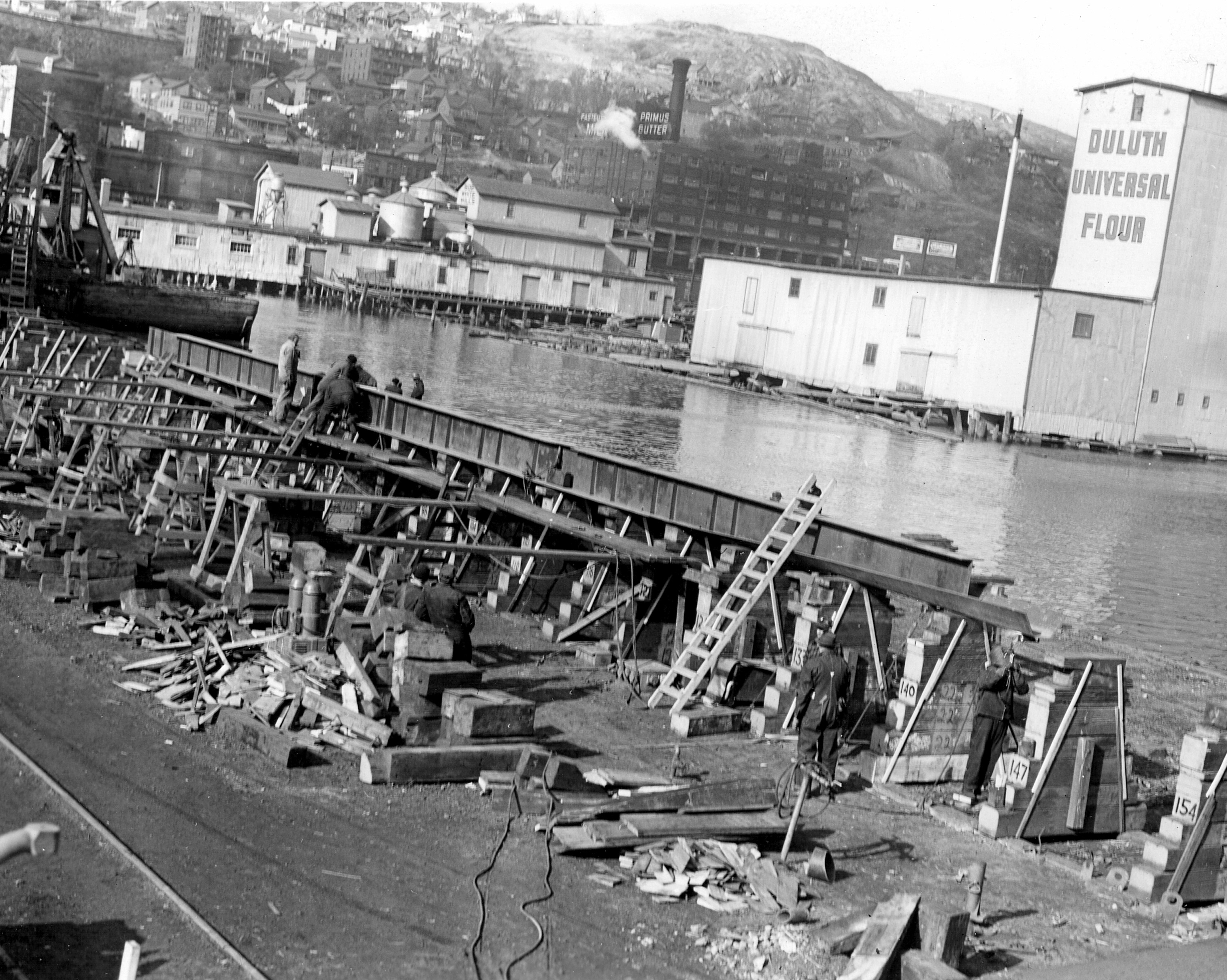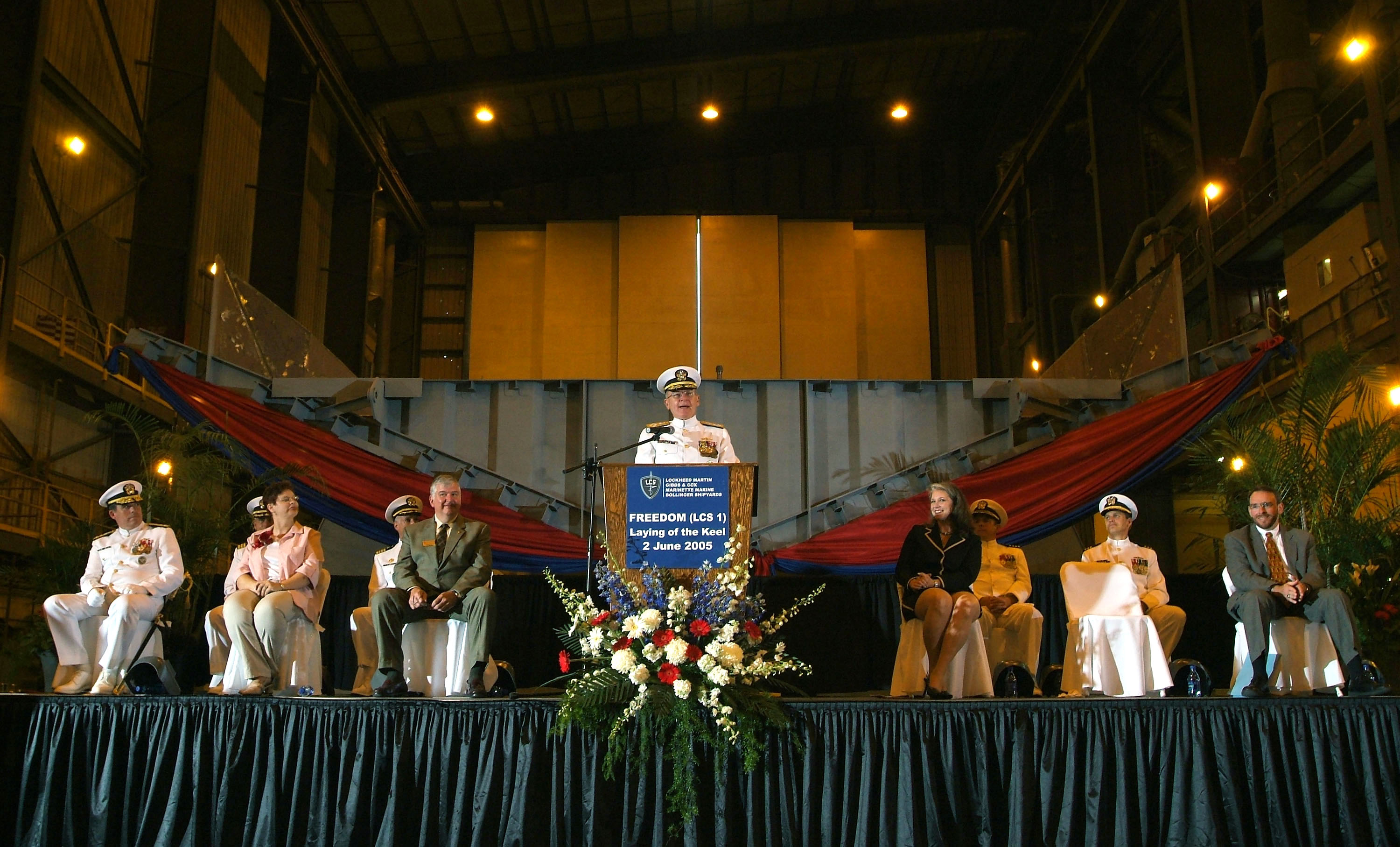Laid Down on:
[Wikipedia]
[Google]
[Amazon]


 Laying the keel or laying down is the formal recognition of the start of a ship's construction. It is often marked with a ceremony attended by dignitaries from the shipbuilding company and the ultimate owners of the ship.
Laying the keel or laying down is the formal recognition of the start of a ship's construction. It is often marked with a ceremony attended by dignitaries from the shipbuilding company and the ultimate owners of the ship.


 Laying the keel or laying down is the formal recognition of the start of a ship's construction. It is often marked with a ceremony attended by dignitaries from the shipbuilding company and the ultimate owners of the ship.
Laying the keel or laying down is the formal recognition of the start of a ship's construction. It is often marked with a ceremony attended by dignitaries from the shipbuilding company and the ultimate owners of the ship.
Keel
The keel is the bottom-most longitudinal structural element of a watercraft, important for stability. On some sailboats, it may have a fluid dynamics, hydrodynamic and counterbalancing purpose as well. The keel laying, laying of the keel is often ...
laying is one of the four specially celebrated events in a ship's life; the others are launching, commissioning, and decommissioning.
Earlier, the event recognized as the keel laying was the initial placement of the central timber making up the backbone of a vessel, called the keel
The keel is the bottom-most longitudinal structural element of a watercraft, important for stability. On some sailboats, it may have a fluid dynamics, hydrodynamic and counterbalancing purpose as well. The keel laying, laying of the keel is often ...
. As steel ships replaced wooden ones, the central timber gave way to a central steel beam.
Modern ships are most commonly built in a series of pre-fabricated, complete hull sections rather than around a single keel. The event recognized as the keel laying is the first joining of modular components, or the lowering of the first module into place in the building dock. It is now often called "keel authentication" and is the ceremonial beginning of the ship's life, although some modules may have been started months before that stage of construction.
Traditions
Keel-related traditions from the times of wooden ships are said to bring luck to the ship during construction and to the captain and crew during her later life. They include placing a newly minted coin under the keel and constructing the ship over it, having the youngest apprentice place the coin, and, when the ship is finished, presenting the owners with the oak block on which the keel is laid. The tradition of the placement of coins derives from the mast stepping custom of placing coins under the mast and is believed to date back toAncient Greece
Ancient Greece () was a northeastern Mediterranean civilization, existing from the Greek Dark Ages of the 12th–9th centuries BC to the end of classical antiquity (), that comprised a loose collection of culturally and linguistically r ...
or Ancient Rome
In modern historiography, ancient Rome is the Roman people, Roman civilisation from the founding of Rome, founding of the Italian city of Rome in the 8th century BC to the Fall of the Western Roman Empire, collapse of the Western Roman Em ...
and were intended to " pay the ferryman" to convey the souls of the dead across the River Styx should the ship sink.
US Navy traditions
The first milestone in the history of a ship is the generally simple ceremony that marks the laying of the keel.Shipyard
A shipyard, also called a dockyard or boatyard, is a place where ships are shipbuilding, built and repaired. These can be yachts, military vessels, cruise liners or other cargo or passenger ships. Compared to shipyards, which are sometimes m ...
officials issue invitations to the ceremony, and they conduct the ceremony. The builder may be the commander of a naval shipyard or the president of a private company. The ship's prospective name, without the "USS", is mentioned in the invitation, if known; otherwise, her type and number are given, e.g., DD 2217. For submarines, they do not have a keel to be laid; instead, the initials of the ship sponsor
A ship sponsor, by tradition, is a female civilian who is invited to "sponsor" a vessel, presumably to bestow good luck and divine protection over the seagoing vessel and all that sail aboard.Eyers, Jonathan (2011). ''Don't Shoot the Albatross!: ...
are welded on a steel plate during the ceremony. The plate will be mounted in a place of honor on the submarine once built.
References
{{DEFAULTSORT:Keel Laying Shipbuilding Nautical terminology Rituals attending construction